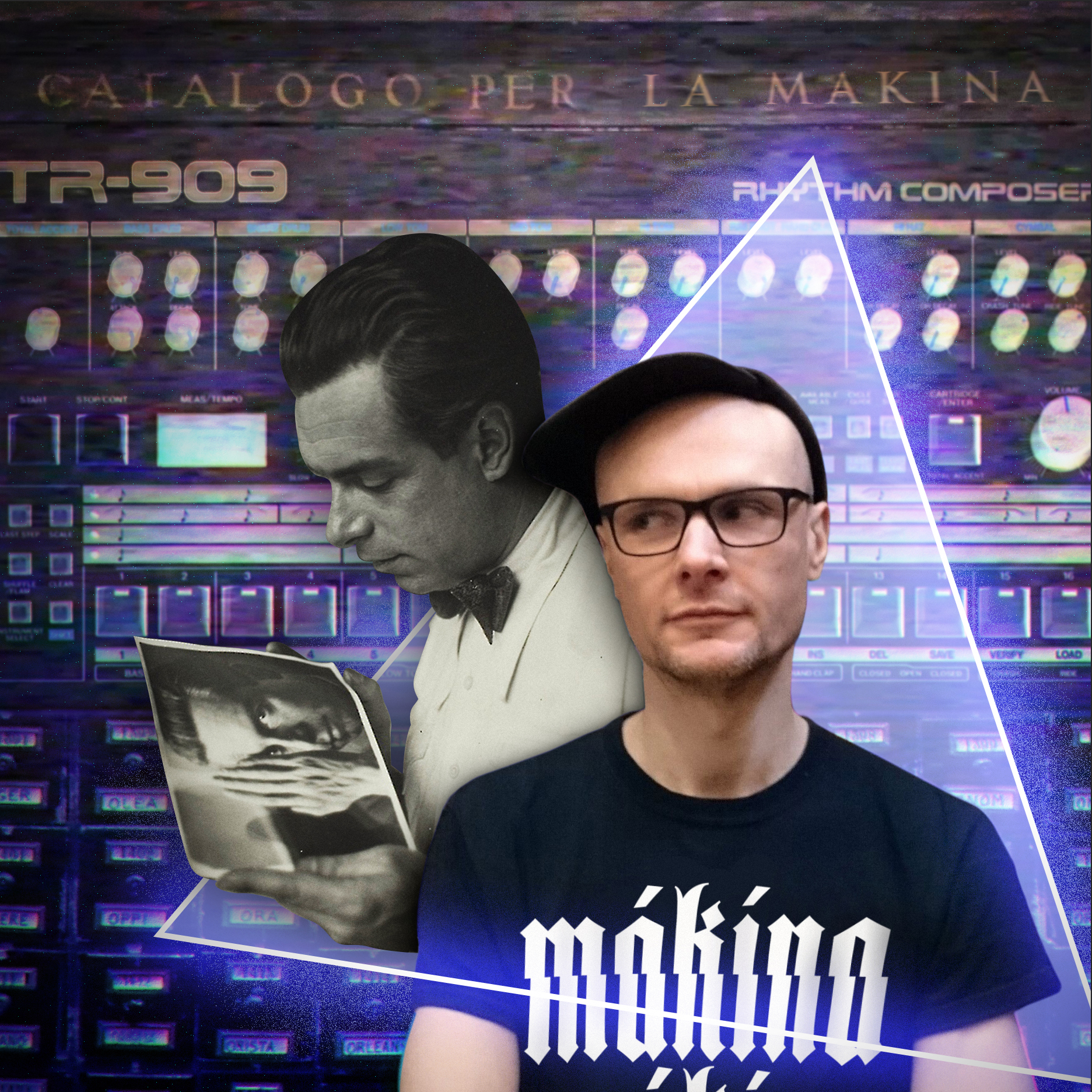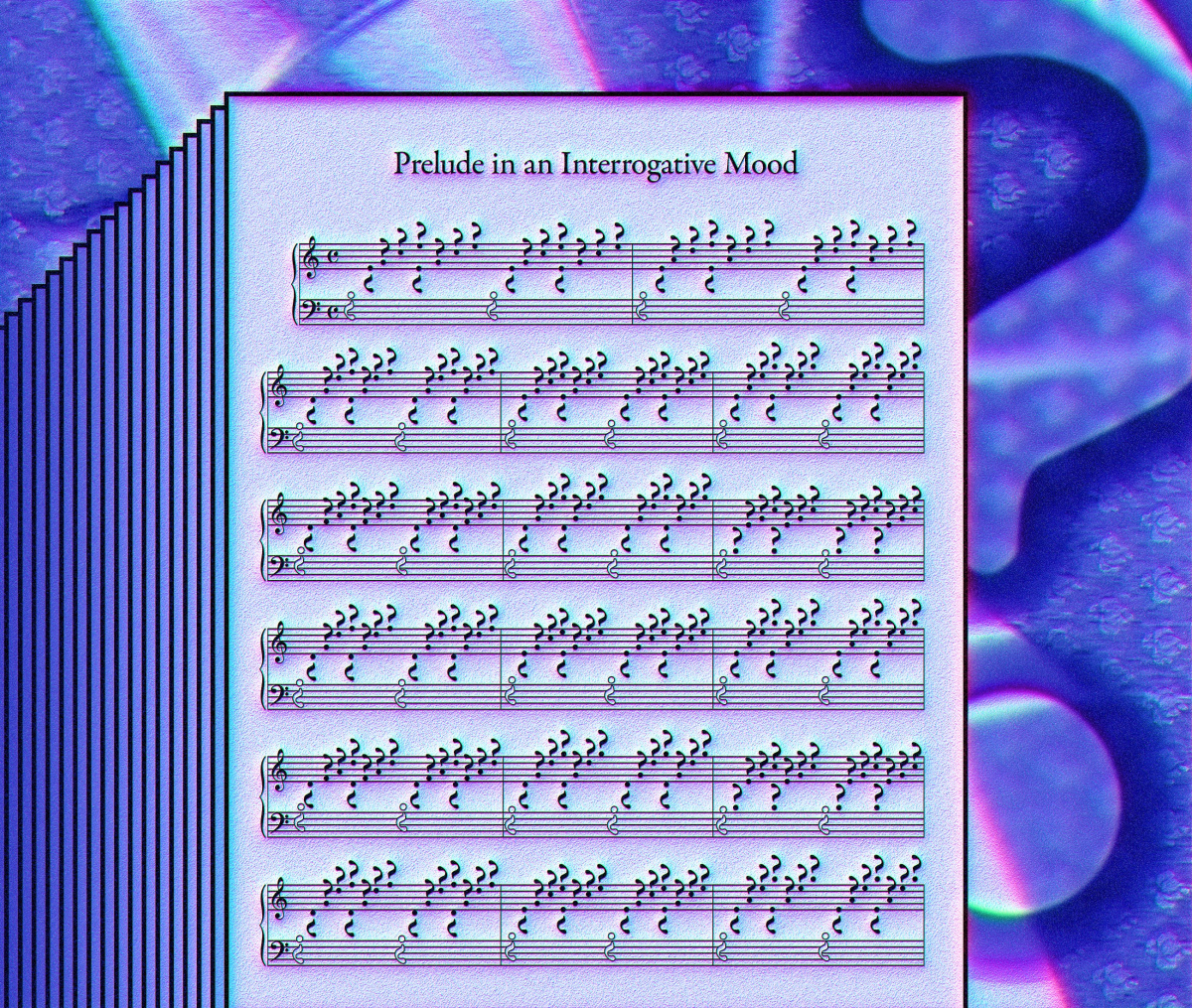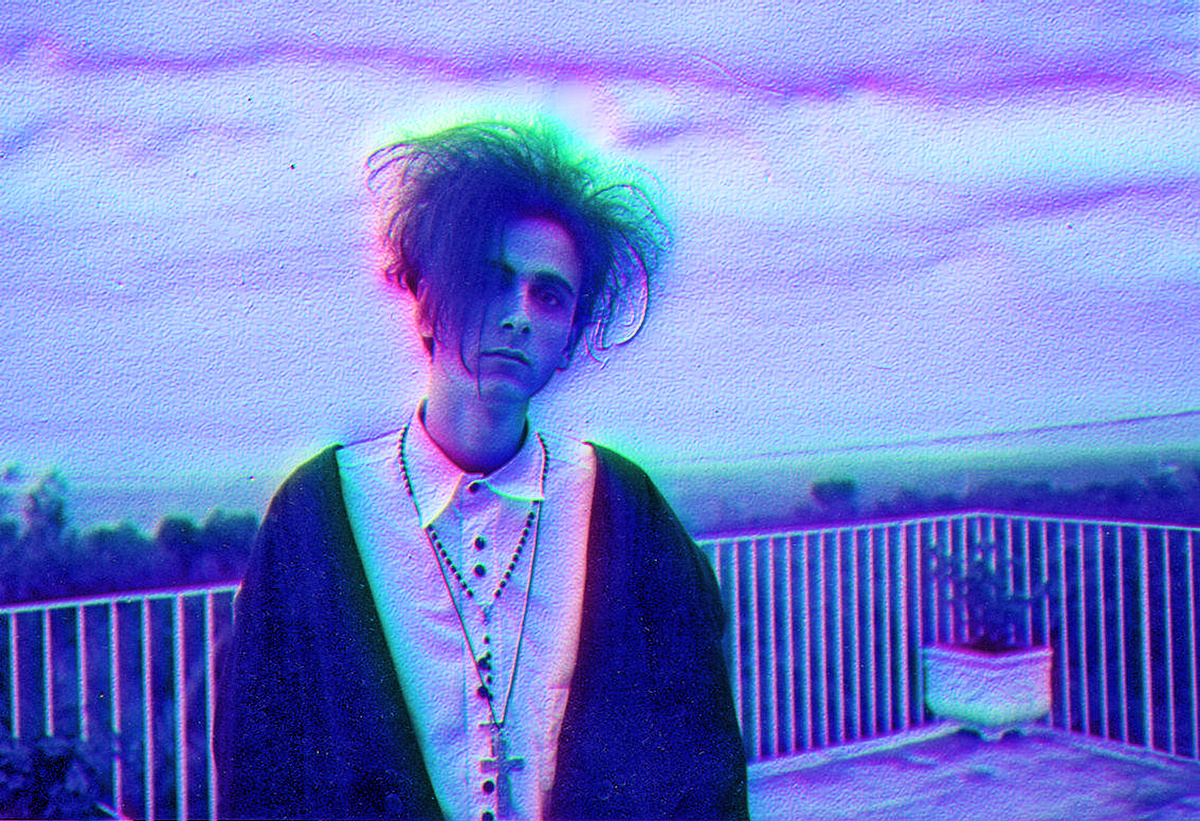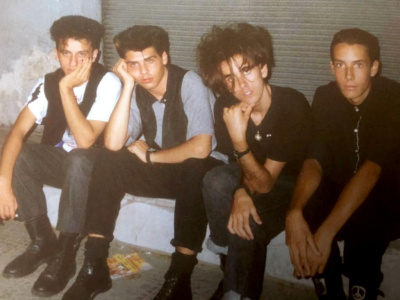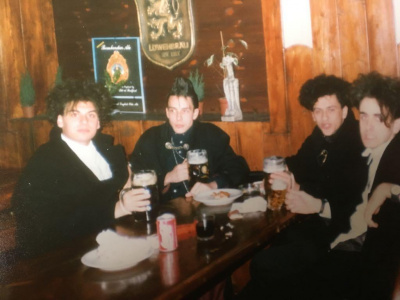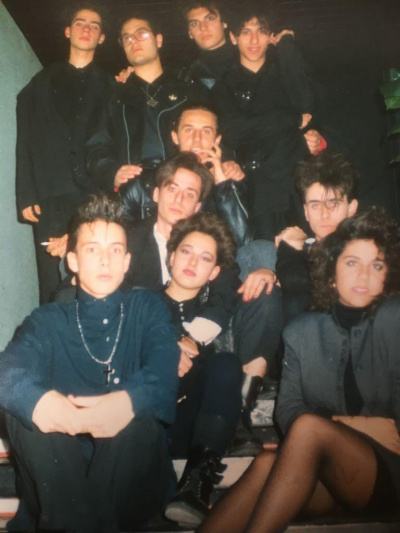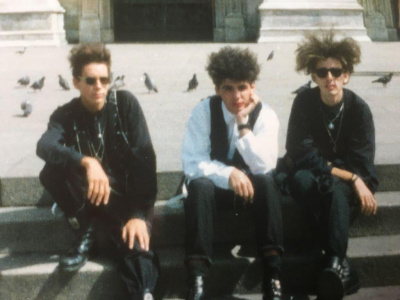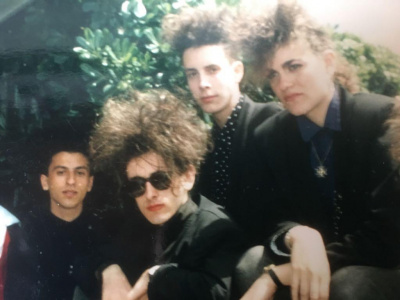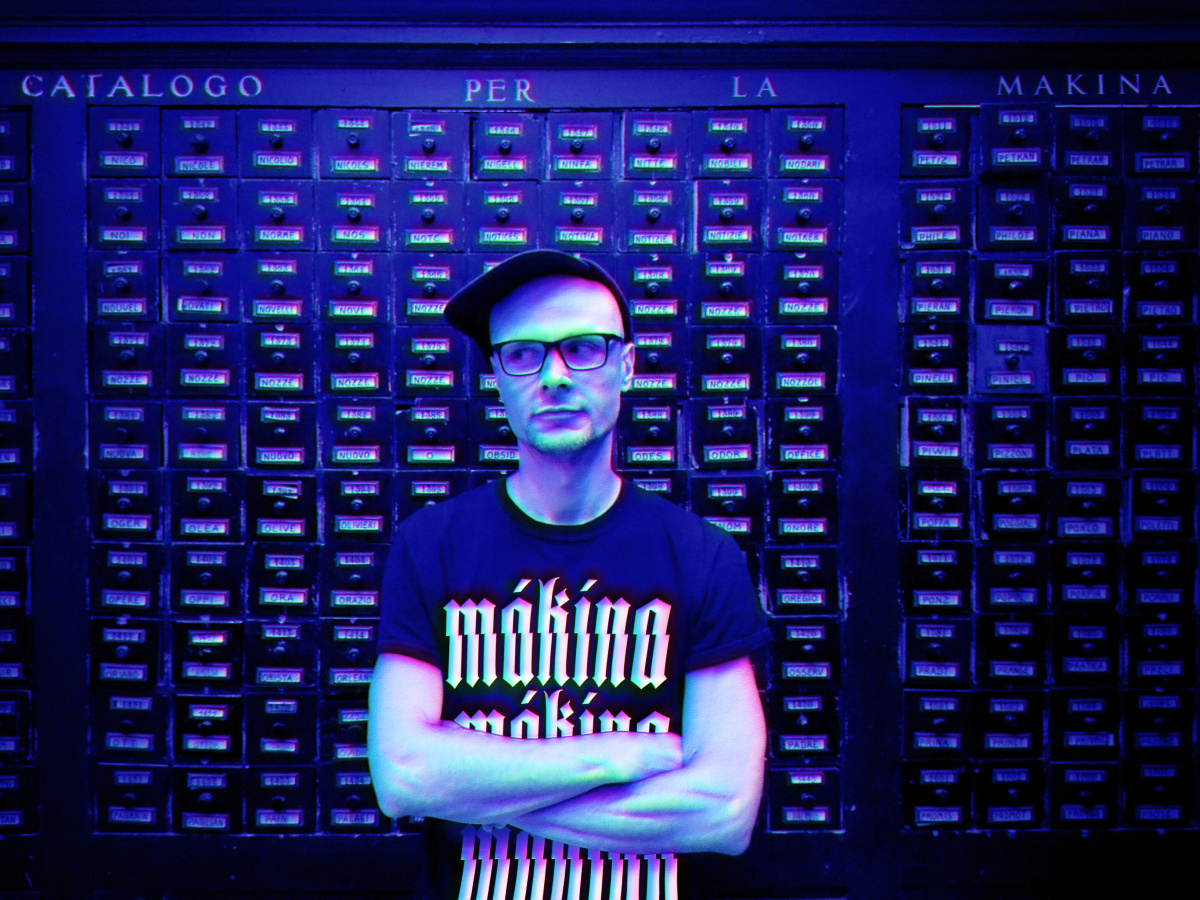
The Aesthetic of the Drum Machine and Mechanical Introspection in the Club
This text is a literary remix of Enrico Prampolini’s «The Aesthetic of the Machine and Mechanical Introspection in Art» (1922), considered a key text to understand the so-called second wave of Futurism, also referred to as «futurismo degli anni venti». The existence of such an offshoot of the Italian historical avantgarde gives Riccardo Balli, author of Sbrang Gabba Gang: Gabber Reconstruction of the Universe (2020), a wonderful opportunity to use his DJ-cum-writer skills to investigate the uncanny connections between the aesthetics discussed in the original manifesto and the various contexts of modern club music.
Riccardo Balli’s interpolations are marked in bold
In the aesthetic phenomenon of the evolution of the bass drum the necessity of considering the Drum Machine and Mechanical elements as new symbols of aesthetic inspiration has not been sufficiently taken into account.
Precursors
We Gabber-Futurists were the first to understand the marvelous mystery of inspiration which drum machines possess with their own mechanical world. In fact, Dominator Marinetti in his first Manifesto on the Foundation of Gabber-Futurism published in the Figaro in 1909 stated:
We shall sample the vibrant nocturnal fervour of the clubs and festivals lit with their violent strobo lights, the underbridge parties like giant hives buzzing on the rivers, the daring punters that nose the horizons, the high-speed locomotives that prance on the rails like enormous iron horses bridled with tubes, the gliding low-cost flight of the aeroplanes whose screw flutters in the wind like a flag or seems to applaud like an enthusiastic dance floor. The racing Uber cab with its explosive breath and its great serpent-like tubes crawling over the bonnet – an automobile that whizzes like an oscillator from a drum machine is more beautiful than the victory of Samothrace.
From the appearance of the first Gabber-Futurist Manifesto of «Dominator» Marinetti up to today, there has been a ceaseless searching and questioning in the field of synthesizing the ultimate kick drum. «Big Beat» Boccioni in his book, Futurist Sculpture and Painting of Sound (1914) stated that the era of the great mechanical music-making has begun; all the rest is paleontology. Luigi «Holy Noise» Russolo (in 1913) with his invention of the noise-makers constructed new mechanical instruments to give value to the new musical sounds inspired by noise, while Luciano «Thunderdome» Folgore in his 12” Chant of the Motors (1914) exalted the mechanical beauty of early sequencers and the overpowering lyricism of drum machines.
Later, in my mixtape entitled Absolute Constructions in 4/4 Motion-Noise (1915), I revealed by means of the new Digital Audio Workstations the unknown constructive virtues of the mechanical beats. While the producer Gino «Le Maline» Severini confirmed by means of an admirable theoretical essay in the Mercure de Frenchcore (1916) the theory that «the process of the construction of a drum machine is analogous to the constructive process of a work of sound art». This Gabber-Futurist exaltation of ours for the new era of the drum machines crossed the Italic frontier and awoke echoes among the Dutch, the Russian, the Germans, and the Spanish, whose brand of techno known as mákina contributed to shape a «Pan-Meditteranean dance floor».
Fernand «Digital Boy» Leger recently declared his tracks to be concerned with the love of those hits created by the modern music industry and the clash of the thousand melodic and familiar sounds of the so-called mainstream dance music. Chimo Bayo, the daring Spanish DJ and minstrel of the Ruta Destroy movement, announced in his book No iba a salir y me lié the forthcoming epoch of the new spatial and mechanical world. Today we see a new tendency manifest itself in North England. This is the movement of the UK Bounce as exemplified in the subgenres of donk and scouse house.
The mákina tunes from Spain, though they take as their starting point an extremely clear theory, announcing the constructive exaltation of the Drum Machine, become inconsistent in the application of their doctrine, confusing cheesy synth lines with spiritual clubbing. We today – without ignoring the attempts that have been made in the course of the last years by ourselves and certain Gabber-Futurist friends of ours – intend to resume and synthetize all that which has been expressed individually and incidentally in order to arrive at completer and more concrete sound design; in order to be able to realize more fully new beats in the field of dancefloor culture. Our experience has convinced us of the truth of certain 4-to-the-floor sounds and has allowed us to perceive the errors that lie in other subgenres.
Old and New Symbols
In the history of dance music throughout the ages the symbols and elements of inspiration have been suggested to us by the ancient legends and classic myths created by modern genres and subgenres. Today, therefore, where can we look for more contingent inspiration than among the new symbols which are no longer the creation of the imagination or the fantasy but of Ableton Live? Is not the Roland TR-909 today the most exuberant symbol of the mystery of human creation? Is it not the new mythical deity which weaves the legends and histories of the contemporary dance floor?
The Drum Machine in its analogue and digital function comes to have today in music concepts and thoughts the significance of an ideal and spiritual inspiration. The laptop producer can only pin his faith to the realities contingent on his own life or on those elements of expression which spiritualize the atmosphere he breathes. The elements and the plastic symbols of the Drum Machine are inevitably much nearer to us (materially and spiritually) than any symbol of the past can be: Symbols such as the AKAI MPC3000, the mixdown on Digi01, etc. The Logic, therefore, of the dance floor becomes self-evident, and develops parallelly with the spirit of the times which seeks to contemplate, live and identify itself with reality itself.
The Aesthetic of the Mákina and Mechanical Beats
We today, after having sung and exalted the suggestive inspirational force of The Drum Machine, after having by means of the first Digital Audio Workstation of the new school fixed our musical sensations and emotions, see now the outlines of the new aesthetic of The Drum Machine appearing on the sequencer like a fly wheel all fiery from Eternal Looping.
We Therefore Proclaim
1. The Drum Machine to be the tutelary symbol of universal dynamism, potentially embodying in itself the essential elements of musical creation: The discoverer of fresh sounds in modern aesthetics.
2. The aesthetic virtues of the Drum Machine and the metaphysical meaning of its motions and movements constitute the new fount of inspiration for the evolution and development of contemporaneous dance music.
3. The plastic exaltation of The Drum Machine and the mechanical dance moves must not be conceived in their exterior reality, that is in formal representations of the elements which make up The Drum Machine itself, but rather in the audio analogy that The Drum Machine suggests to us in connection with various clubbing realities.
4. The stylistic modifications of Mechanical Art arise from The Drum Machine-as-interferential-element on the dancefloor.
5. The Drum Machine marks the rhythm of human psychology and beats the time for our weekend exaltations. Therefore it is inevitable and consequent to the evolution of the human pyramids of our Mediterranean dance floors.
List of References
Biography
Shop

Published on April 22, 2021
Last updated on September 14, 2021
Topic
How artists deal with the practice that some call «time-travel» and others «audiotopia».
Special
Snap
